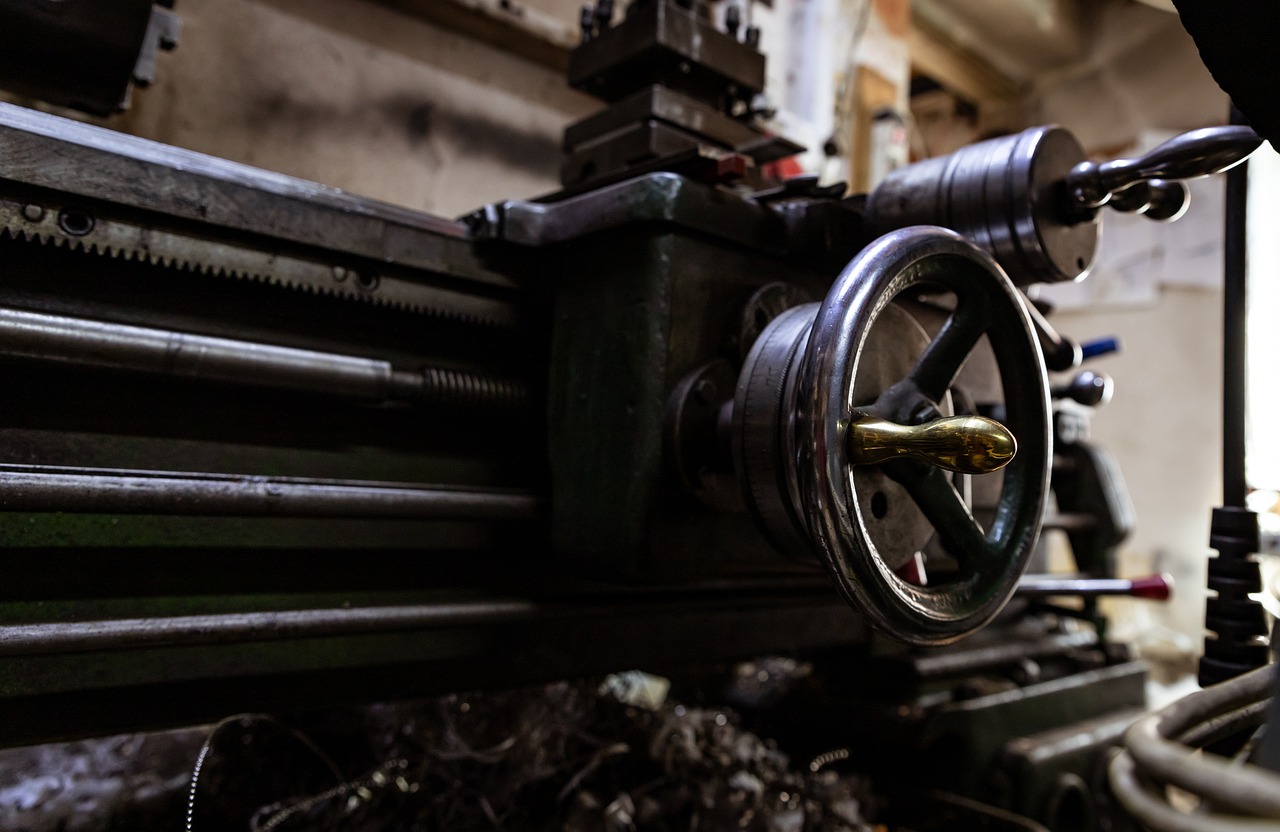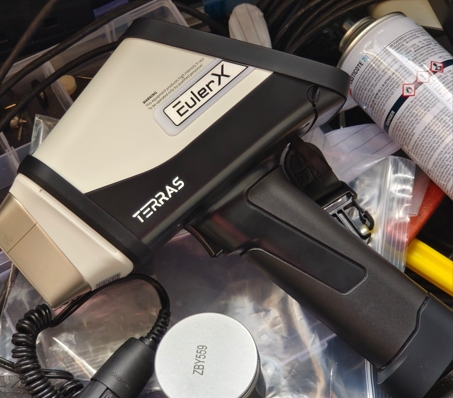
Metal Material
A high-tech enterprise focusing on the development and application of X-ray technology products, committed to becoming a leading supplier of X-ray industrial testing solutions.
How to Balance Portable XRF Cost with Accuracy in Environmental Testing
Environmental testing plays a pivotal role in monitoring and preserving the health of ecosystems. Whether it's analyzing soil, water, or air samples, precision in measuring contaminants is crucial. Portable X-ray fluorescence (XRF) analyzers have become an indispensable tool for professionals working in the field of environmental testing due to their non-destructive, real-time analysis capabilities.
However, with a wide range of portable XRF models available at varying price points, it can be challenging to find the right balance between cost and accuracy. Too often, organizations may opt for lower-cost models, only to find that the results don’t meet the necessary precision for regulatory or scientific purposes. On the other hand, high-end models with advanced features come with significant price tags that may not always be justifiable for every project or application.

Terras EulerX900 Handheld Alloy Analyzer
1. Understanding the Importance of Accuracy in Environmental Testing
In environmental testing, the stakes are high. Whether it’s detecting heavy metals like lead and mercury in soil, or analyzing hazardous materials in water, the accuracy of the results can impact both public health and environmental policy. Accuracy in elemental analysis is also critical for:
Compliance with Regulations: Many environmental agencies set strict thresholds for contaminants. Accurate readings ensure that your results meet regulatory standards, preventing penalties or project delays.
Remediation Decisions: When testing for pollutants, accurate data can influence decisions about the scale and approach of environmental remediation projects. Overestimating or underestimating contamination levels can lead to unnecessary costs or insufficient cleanup efforts.
Long-Term Monitoring: For projects requiring ongoing environmental monitoring, such as agricultural land assessments or industrial waste management, consistent and accurate results are necessary for tracking changes over time.
2. Key Factors Affecting Portable XRF Cost and Accuracy
To strike the right balance between cost and accuracy, it’s important to understand the factors that influence both price and performance. Here are the main elements to consider when selecting a portable XRF for environmental testing:
a. Detector Type
The detector is one of the most critical components that influence the accuracy of an XRF analyzer. Models equipped with Silicon Drift Detectors (SDDs) tend to offer higher resolution and sensitivity, particularly for detecting low-concentration elements like mercury, arsenic, or lead.
Higher-end models with SDDs are more accurate but come at a higher cost.
Entry-level models often use PIN diode detectors, which are less sensitive but more affordable.
For most environmental testing applications, especially when dealing with trace-level contaminants, investing in a model with an SDD detector is often worth the extra cost.
b. Elemental Range
Another significant factor is the range of elements the XRF analyzer can measure. While basic XRF units can detect heavier elements (like lead and cadmium) with good accuracy, more advanced models can also detect lighter elements such as sodium, magnesium, or sulfur, which are often critical in environmental testing.
Broad elemental range models tend to cost more but are capable of analyzing a wider variety of contaminants.
Specialized models with a narrower range are typically cheaper and may be suitable for testing just a handful of elements.
Assess the elements that are most relevant to your environmental testing needs and choose a model with an elemental range that matches those requirements.
c. Measurement Time and Sensitivity
The accuracy of your results is closely tied to the amount of time the analyzer spends on each measurement. High-end portable XRF devices generally offer faster measurement times without compromising accuracy, while lower-cost models might require longer measuring times to achieve reliable results.
Longer measurement times can be acceptable for non-time-sensitive projects but may limit the practical use in fast-paced fieldwork or high-volume testing.
Faster measurement times allow for real-time decision-making, essential for on-site testing in dynamic environmental scenarios.
If your environmental testing demands quick, on-site analysis, investing in a higher-cost model with faster results may be necessary.
d. Software and Reporting Features
The sophistication of the software bundled with the XRF device can influence both its usability and the accuracy of data interpretation. Higher-end models often come with advanced features, such as:
Customizable calibration settings
Data integration tools
Advanced data analysis and reporting capabilities
These tools can provide more accurate interpretations of elemental concentrations, especially when dealing with complex sample matrices or low-concentration elements.
Conversely, simpler models may offer basic software that’s easier to use but lacks some of the accuracy-enhancing features found in more advanced systems.

Terras EulerX900 Handheld Alloy Analyzer
The EulerX 900 series has proved to be an excellent choice for metal analysis in a wide fields, providing fast, accurate results directly to the user. Thanks to its cutting-edge electronics and sophisticated mathematical algorithms, the EulerX 900 series ensures superior measurement quality within seconds. The applications of the EulerX 900 handheld are extensive, covering not only solids but also liquids and powders. The EulerX 900 series handheld alloy analyzers are extensively utilized for alloy grade identification and quality control, scrap metal recycling, precious metals analysis, PMI, and more.
Conclusion: Finding the Right Portable XRF for Your Environmental Testing Needs
In environmental testing, achieving the right balance between cost and accuracy is crucial for obtaining reliable data that can influence critical decisions. While it's tempting to opt for cheaper, lower-end models, compromising on accuracy can lead to poor decision-making, regulatory issues, or inaccurate remediation efforts.
Join Us
Subscribe to our email list for updates & promotions.



